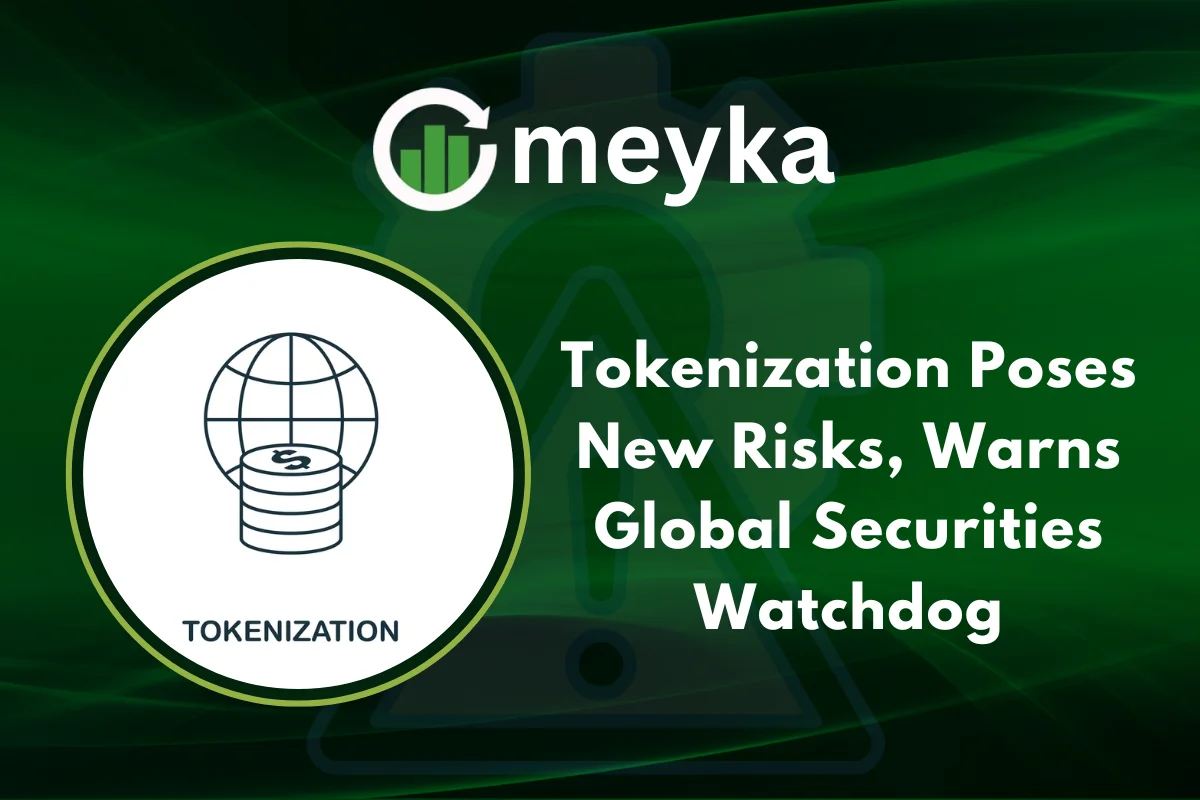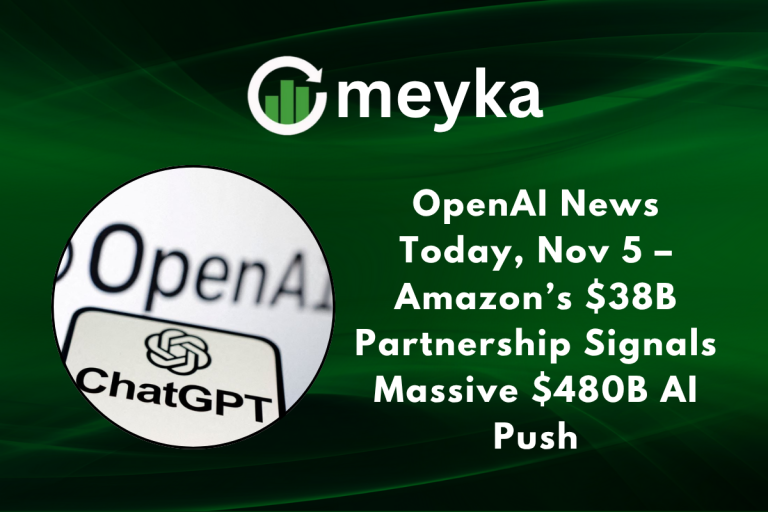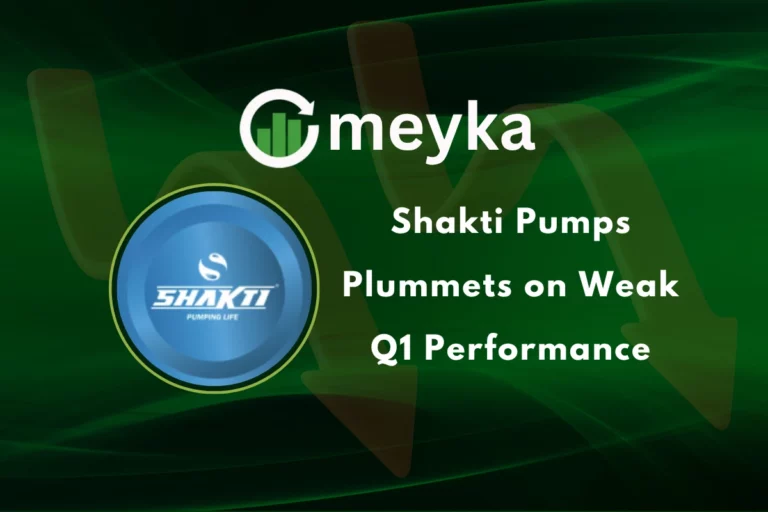Tokenization Poses New Risks, Warns Global Securities Watchdog
The rise of tokenization is reshaping how assets are created, transferred and traded. Yet this innovation brings new risks. According to the International Organization of Securities Commissions (IOSCO), tokenization of traditional securities may raise serious investor and systemic concerns.
What is Tokenization?
Tokenization is the process of converting real-world assets like stocks, bonds, or real estate into digital tokens on a blockchain. These tokens represent ownership or exposure to the underlying asset. Advocates say tokenization can cut costs, increase the speed of settlement and allow fractional ownership. However, while the promise is large, actual adoption remains limited and more experimental.
What the Watchdog is Warning About
IOSCO, which represents regulators across global securities markets, has flagged important concerns around tokenization. These include:
- Uncertainty about whether the token-holder actually owns the underlying asset or simply a tokenized derivative.
- Risk that tokenization ties financial markets to crypto-markets, creating spill-over risk.
- Regulatory and legal frameworks that are not yet fully aligned with tokenization technology.
- Low liquidity in many tokenized asset markets, which may make them fragile in stress.
For example, the European Securities and Markets Authority (ESMA) warned that tokenized stocks may mislead investors, because they often do not confer shareholder rights like voting or dividends.
Why This Matters for Investors and Markets
If tokenization becomes a material part of how assets are structured and traded, it intersects with broader themes of stock research, innovation and the stock market. Here’s why:
- Asset tokenization may broaden access to previously illiquid assets, but investor protections may lag. Investors who study AI stocks or other growth sectors may see tokenization in adjacent fields (e.g., tokenized equity, real estate).
- When tokens look like stocks or bonds but don’t offer the same rights or protections, this can lead to misleading marketing, a mismatch of risk and return, and potential losses for retail investors.
- Because tokenization often uses blockchain infrastructure and may link to crypto-markets, global financial stability could be affected. For example, significant spill-over from tokenized assets into traditional markets might increase systemic risk.
- For equity markets, if tokenization reduces the dominance of traditional exchanges or changes ownership patterns, that might shift how stocks are researched, priced or regulated.
Where the Risks Are Concentrated
Let’s look at some specific risk areas around tokenization:
- Legal ownership vs. token exposure: When you buy a token that tracks a stock, you may not actually hold that stock, meaning no voting rights or direct dividends. That difference must be clearly disclosed.
- Liquidity and tradability: Many tokenized assets remain thinly traded. Academic research shows low volumes and limited secondary markets.
- Regulatory arbitrage and cross-border complexity: As tokenization often uses blockchain across jurisdictions, regulatory gaps may allow risk to accumulate unnoticed.
- Market infrastructure and settlement risk: Tokenization may promise 24/7 trading or instant settlement, but many platforms still rely on older infrastructure, creating a mismatch between promise and reality.
What Could Happen Next?
Given the potential and the risks, here are some possible developments:
- Regulators may push for clearer frameworks where tokenized assets are treated like traditional securities, especially concerning ownership, custody and disclosure. The World Federation of Exchanges has already urged regulators to act.
- Market infrastructure may evolve to support more liquidity in tokenized asset markets, but that could take years. During this build-out, investors should be cautious of thin markets and limited redemption options.
- Innovation may continue, and tokenization may expand into real estate, private credit, and other non-stock asset classes. For investors focused on stock research, this means new asset classes may emerge alongside traditional stocks.
- Traditional markets may need to adapt, tokenized assets might influence how ownership is recorded, how settlement is handled and how markets operate overall. The impact on the stock market could be gradual but meaningful.
What Should Investors Do?
For individual investors or those researching stocks and growth themes, here are practical steps:
- Understand exactly what you are buying when you purchase a tokenized asset. Does the token confer shareholder rights? Is the underlying asset held securely? Is the issuer transparent?
- Consider liquidity risk. How easy will it be to exit the token, and what happens if the market for that token shrinks?
- Monitor regulatory developments. Because tokenization is a new frontier, rules may shift fast and platforms may change their business models accordingly.
- Within your broader portfolio, treat tokenized exposures as higher risk. They may offer innovation, but the risk of misunderstanding or structural failure is higher.
- Keep an eye on the broader investment landscape. If tokenization becomes relevant to how stocks or other assets are created/traded, that could affect valuations, platforms and market structure.
Conclusion
Innovation like tokenization holds real promise for financial markets. It could make assets more accessible, reduce costs, and expand how we engage with investments. But as the global securities watchdogs warn, the risks are real and complex. The tokenization of equities and other assets challenges traditional definitions of ownership, transparency and infrastructure.
For investors focused on stocks, growth, or wider market themes such as AI stocks, this is not just a crypto story; it’s a structural one. Understanding tokenization, its benefits and its dangers will be increasingly important in the evolving landscape of finance and investment.
FAQs
A tokenized asset may represent exposure to an underlying asset, like a stock or bond, but it may not confer actual ownership, voting rights or direct dividends like a traditional stock.
Regulators are concerned because tokenized assets can blur the line between securities and crypto, carry counterparty or custody risk, and operate under less established legal frameworks. This creates investor protection and market stability risks.
While it started in crypto, tokenization has broader implications. It may change how real-world assets are issued, traded and held, meaning even mainstream stock investors could face evolving market structure challenges and opportunities.
Disclaimer:
The content shared by Meyka AI PTY LTD is solely for research and informational purposes. Meyka is not a financial advisory service, and the information provided should not be considered investment or trading advice.






